What is the working principle of a generator? The working principle of a generator is based on the principle of electromagnetic induction, which is also known as Faraday's Law. This principle states that when a closed coil is placed in a changing magnetic field, an alternating current is induced in the coil. This is the basic working principle of a generator. When the prime mover drives the generator rotor to rotate at a speed of n, a rotating magnetic field is generated in the generator rotor due to the action of the exciter. This rotating magnetic field successively cuts through the closed coils of the generator stator winding, generating an alternating current. Since the rotor usually rotates at a speed of 3000 rpm, the resulting current has a frequency of 50 Hz, which is known as industrial frequency alternating current. Why can increasing the power of the prime mover increase the power of the generator? After the generator is connected to the power grid, increasing the steam flow to the steam turbine will only increase the load on the unit, but the speed will not increase. This is because after the generator set is connected to the large power grid, its speed must be consistent with the frequency of the power grid. Therefore, no matter how much steam is added to a single unit, its effect on the speed change is minimal. However, the change in the unit's load is very obvious. The specific principle is as follows: When the generator is running in isolation, adjusting its speed can change its frequency. Once it is connected to the power grid, the frequency of the generator unit connected to the grid is maintained at 50 Hz, so the generator also maintains its rated speed. The speed of the unit changes according to the fluctuations in the grid frequency. Therefore, as the prime mover of the generator, the steam turbine, the change in steam flow only uses the energy to overcome the electromagnetic torque of the generator, so it will only change the output power of the generator, convert mechanical energy into electrical energy, and will not increase the speed. Here, when the steam flow of the steam turbine is increased, the electrical load increases, and the electrical professional will also increase the excitation current accordingly, which is called adding reactive power in their professional terms, while the load seen by the steam turbine is called active power in the electrical professional.
Read More English
English English
English français
français Deutsch
Deutsch русский
русский español
español português
português Nederlands
Nederlands العربية
العربية Polski
Polski 中文
中文
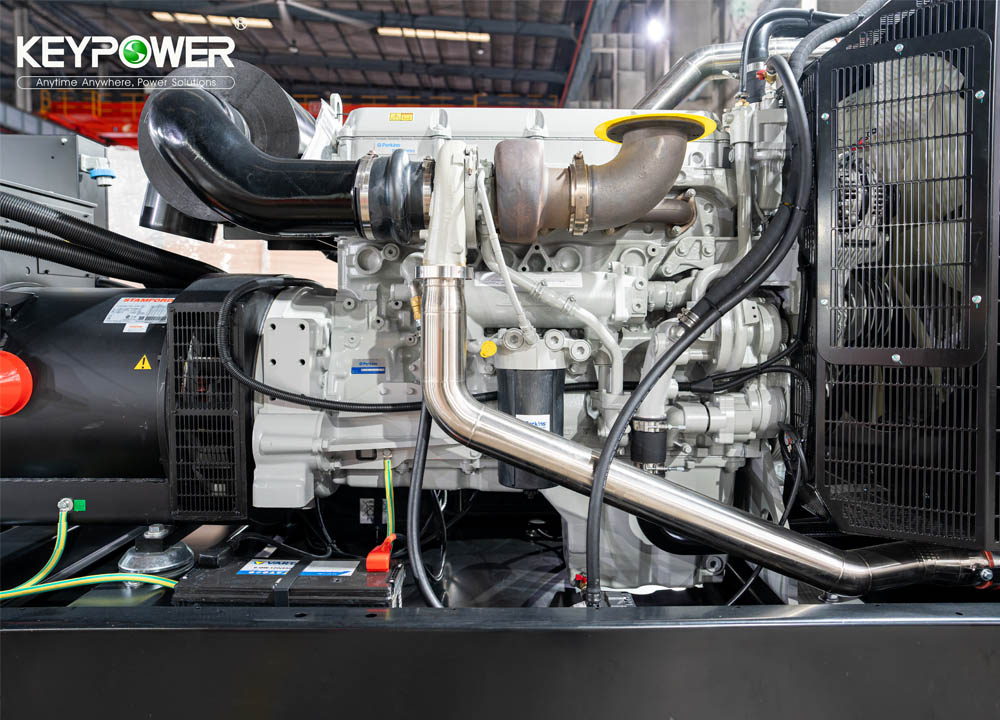
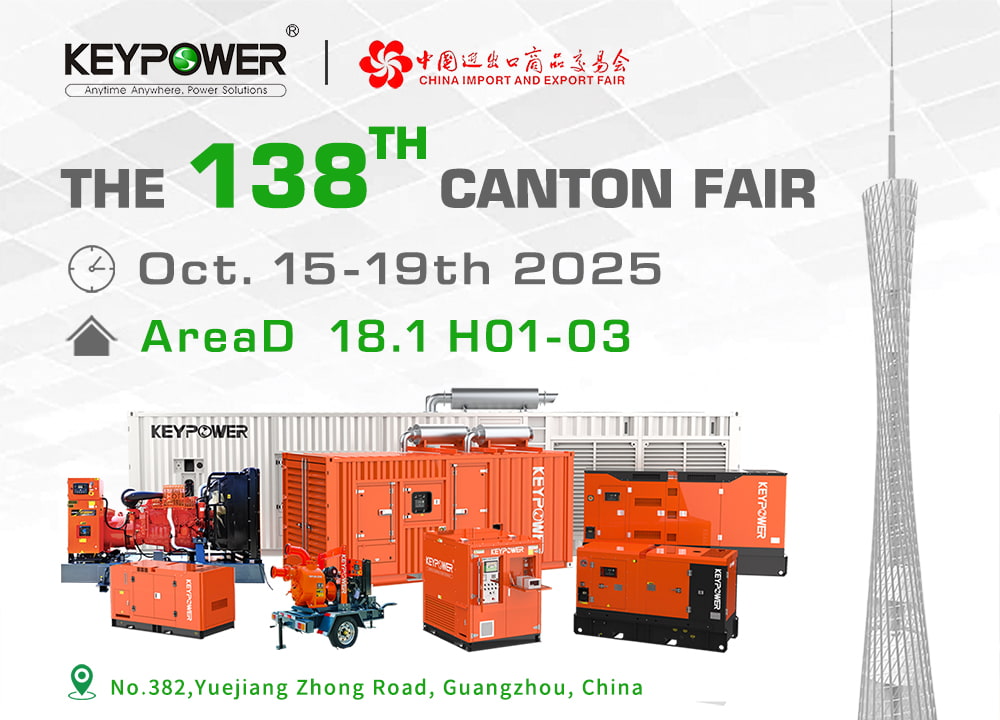

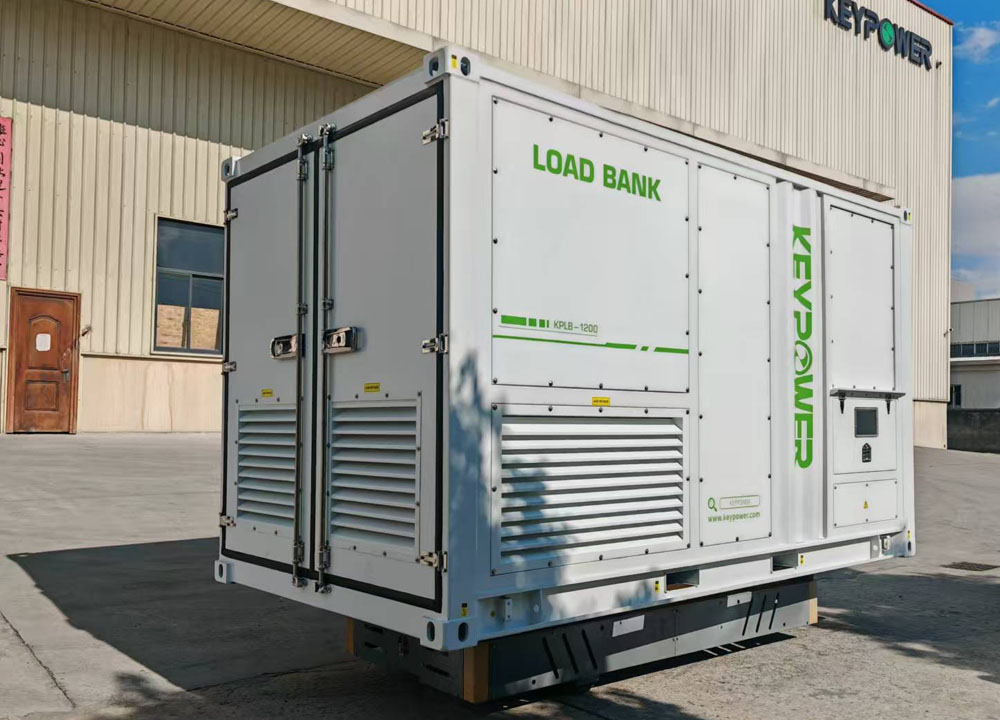
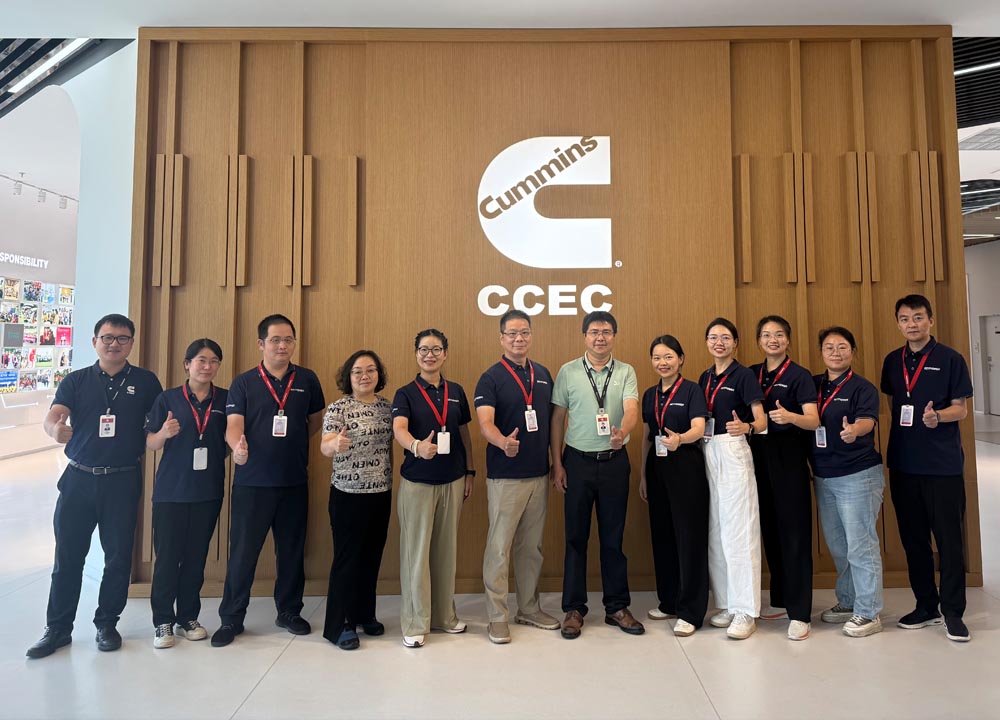
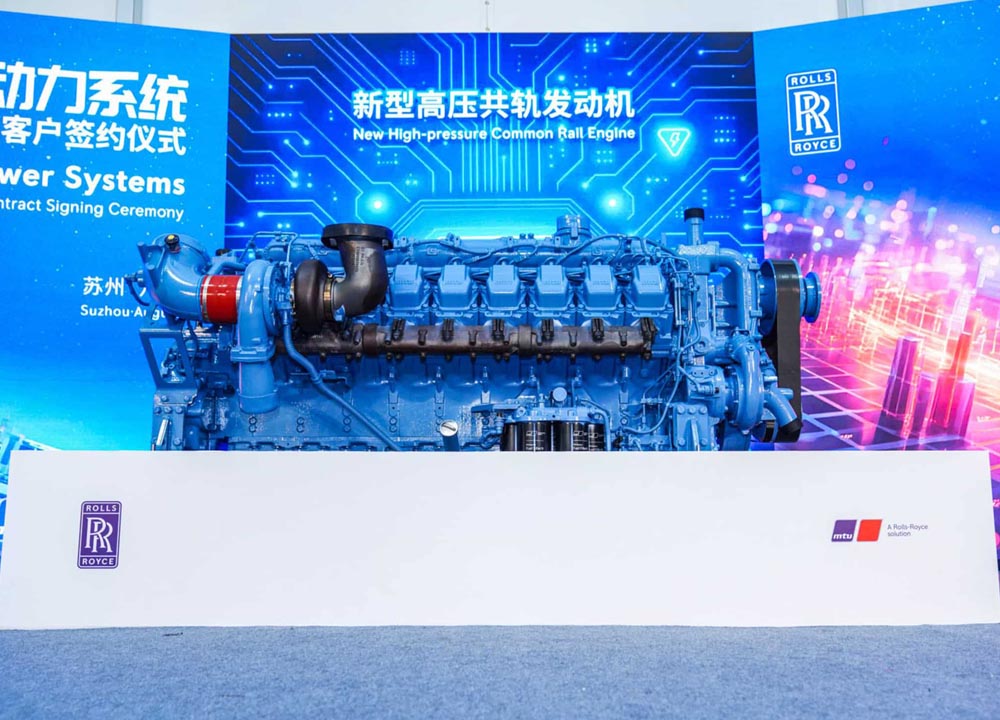












 IPv6 network supported
IPv6 network supported